The world is full of dogs! So many dog breeds, and it’s almost like new ones pop up all the time.
So how many dogs are there?
This is a really difficult thing to truly answer how many dog breeds there actually are… Why? Because there isn’t just one measure… we have a whole world of kennel clubs (over 110, in fact) who all have their own opinions on whether it’s a breed, or if it isnt… So what counts in the count of dog breeds?! Ah!
Let’s get into this.
How Many Dog Breeds Are There?
There are over 400 breeds recognised across the world by the various kennel clubs. This is probably the most true number we can possibly estimate
Kennel club registered dogs are considered “Pedigree” dogs, because they come with a trusted and true pedigree, monitored and protected by a breed club and the kennel club.
There are four main kennel clubs across the globe and their numbers of ‘registered’ breeds are as follows:
The Kennel Club (UK) – 218 Breeds
American Kennel Club (US) – 197 Breeds
Canadian Kennel Club – 187 Breeds
The FCI* – 354 Breeds
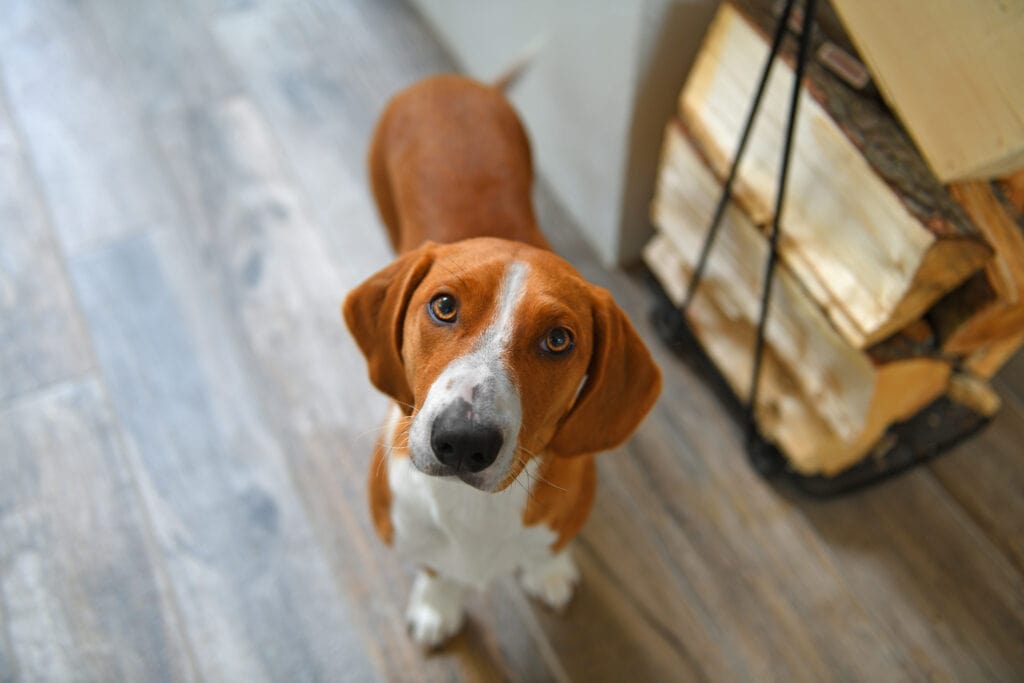
*this stands for Fédération Cynologique Internationale – but FCI is much eaciser to say!
But this is only breeds who have jumped through a series of hoops to get officially registered. These registrations began decades ago, and have slowly, slowly grown over the years.
Then we have to consider whether dogs like the Labradoodle, or Cockapoo are included. Because these dogs absolutely come close to meeting the requirements needed by the AKC to register as a breed but yet they are not. Some dogs are recognised by government – like the Blue Lacy is recognised by texas government – but nowhere else! The Northern Inuit is another dog that isn’t recognised by any kennel club, but is still really well known when it comes to dog breeds.
So when we consider all of this? Is it truly possible to put a number on them that’s more specific than “Over 400”?
No… not really!
The number of breeds totally depends on who you ask, and it’s a number that will be ever changing and ever growing, because we humans both create and decide upon a ‘breed’ and even down to the offshoot-breed dogs, like Seppala Huskies or McNab Collies which are yet to be recognised and add in significant variation to the point that the owners of these dogs (particularly seppala huskies) will not register them as their ‘husky’ roots with a kennel club.
What Is A Kennel Club?
A Kennel Club is a club of clubs. They organise together with the breed specific clubs and help unite standards, and hold competitions!
They record the pedigrees of dog breeds, keep logs and data on registration of breeders and of litters as well as for the competitions they hold. They become the custodians of the breeds they accept and govern and guide towards the best these dogs can be by governing breed standard and helping each breed towards their pinnacle based on the breed description and purpose.
How Do New Dog Breeds Come About?
We humans have long since domesticated animals, and as part of that domestication, we began to breed them for certain qualities. This process? Is called selective breeding. Whether you’re breeding a cow for the best milk production, or a horse for speed or strength.
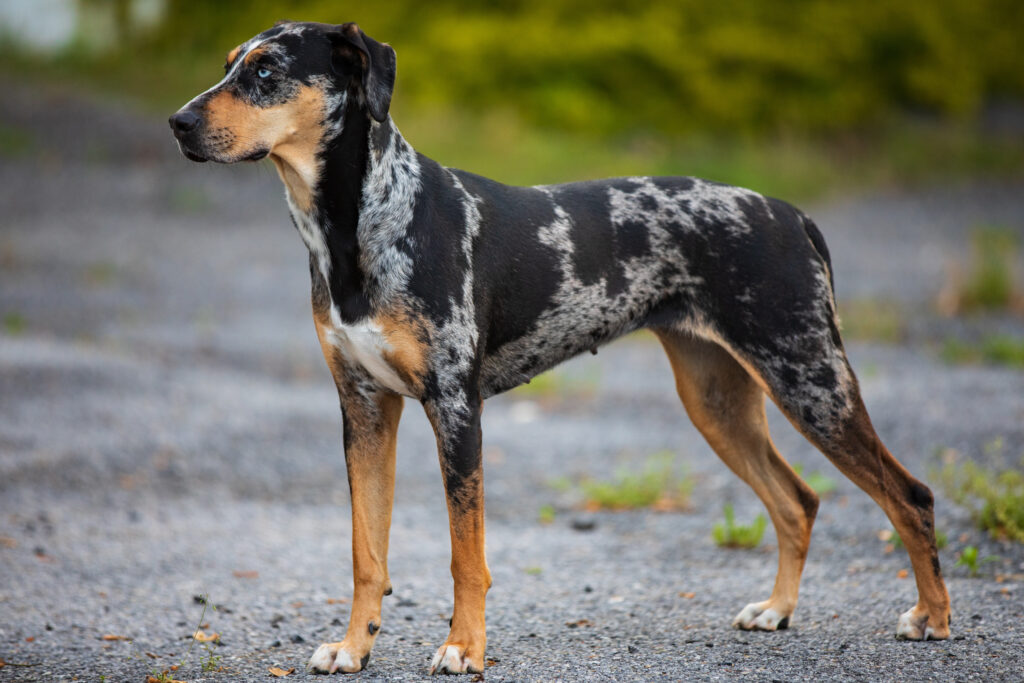
In this instance, we’re breeding the domestic dog for a purpose (or at least, we were, I feel now that the dystrophy of this purpose and a pinch of bad breeding is what’s causing a lot of the behavioural issues we now see in dogs that give me a job, but that is a discussion for another day!).
Still! We bred for 7 main purposes.
The 7 Main Categories Of Dog Breeds
Sporting
These dogs are built to be alert, active and loveable. They were originally a group of dog breeds bred for hunting and retrieving typically, but they are known people-pleasers too which typically makes them fantastic companions and very popular modern dogs! They’re smart and quick and enjoy a challenge, keeping up with them when they’re young can be a challenge though…
Known Examples: Golden Retriever, Nova Scotia Duck Tolling Retriever, Viszla
Hound
Hounds are the true hunting dog, usually graced with stamina and a huge prey drive. These dogs are often driven by one or more senses such as smell or sight and will come with a natural predelection towards the hunt that can rarely be overcome. This needs harnessing, typically, and focusing into something constructive to make them functioning household woofs.
Known Examples: Coonhounds, Basenji, Dachshund.
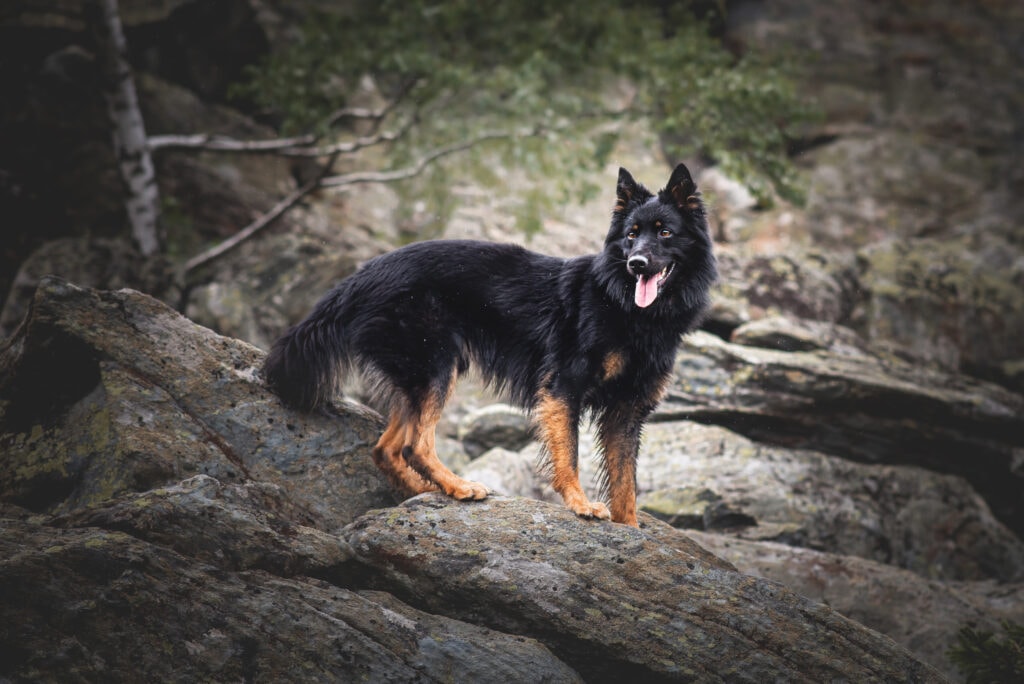
Working Group
Some of the worlds most intelligent dogs are in this group. They are watchdogs, sled dogs, guard dogs and more. Working dogs love a job, and have been bred to naturally assist us less capable humans by availing of their natural strength or keen senses. These are often large dog breeds.
Known Examples: Alaskan Malamute, Greater Swiss Mountain Dog, Dogo Argentino
Herding
This one was split in 1983 from the working group to better distinguish these natural herders from their more diverse compatriates. These dogs have a natural ability to coral other animals, and sometimes even protect! This has led to a number of breeds who were part of the modern atrophy of original bred purpose, to be repurposed as police or military dogs. These smart and agile dogs are wonderful – if correctly challenged.
Known Examples: Australian Shepherd, Border Collie, German Shepherd
Terrier
Primarily? These dogs are ratters! They have fierce, fiesty temperaments and are known for being pretty hard on new pet parents as they’re very willful despite their often small stature (unless you’re talking about Airedales!). They’re purpose bred, high energy dogs who need to be challenged and keenly trained to ensure they’re consistent response to cues.
Known Examples: Border Terrier, Kerry Blue Terrier, West Highland Terrier.
Toy
These small little woofs are cute, affectionate and sociable by nature. They are there to be both companion and lap-warmer! They’re very adaptable and love to live their lives in all manner of environment, so long as there is fuss and love? These dogs thrive making them some of the best adapted dogs for modern living.
Known Examples: Cavalier King Charles Spaniel, Chinese Crested, Chihuahua
Non-Sporting
This is kind of the catch-all group – the one that covers all the other dogs for all the other purposes that have been created. Consequently, these are the most varied group having little that ties them together with others, other than their differences. But we celebrate their difference! Afterall, we can’t all fit a mould, right?!
Known Examples: Dalmatian, Keeshond, Chow Chow
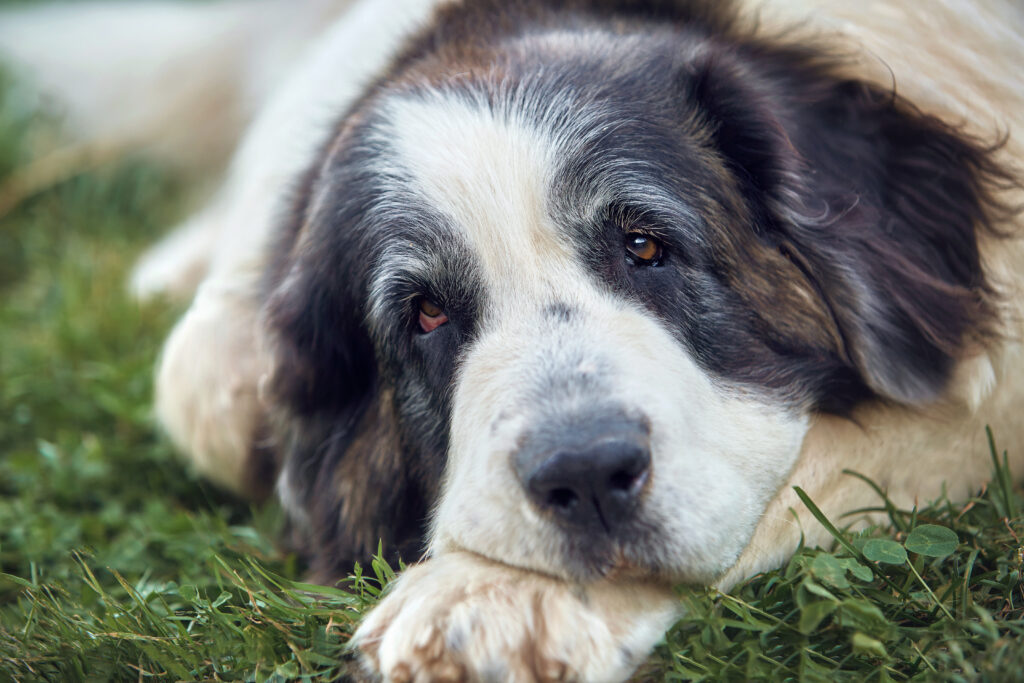
The list goes on, and on, each breed offering something slightly different, a different coat, a different ability or skill to the point that we have Norweigian Lundehunds who can literally climb cliffs to get to puffin nests – yep. It’s a phenomenal world of woofs out there, let me tell you!
It was in the victorian era, however, that most of these dog breeds came about, where nobles and fancy folk decided that they needed a status symbol of their own breed.
How Do These Selectively Bred Dog Breeds Get Recognised By A Kennel Club?
Well, this does depend on the kennel club in question, but with the AKC? They first need to become registered in the Foundation Stock Service.
This means that the registrant will write to the AKC, providing evidence of the breed over the last 40 years, including photographs, written pedigrees, a breed standard, and fill in a questionnaire from the AKC.
It is notable that the AKC will not consider registration for either
- Cross Bred dogs from current AKC registerable breeds (uh-oh, labradoodles…)
- Variations from current AKC registered breeds (sorry seppala huskies)
Then, when this happens? They then progress to creating a solid breed club and are encouraged to advance their breed standard guide.
There are currently 71 breeds considered under the FSS
To transition from the FSS to being a full AKC registered breed? The following must be met
- A demonstrated following and interest (minimum of 100 active household members) in the breed (in the form of a National Breed Club).
- A sufficient population in this country (minimum of 300-400 dogs), with a three-generation pedigree. Dogs in that pedigree must all be of the same breed.
- Geographic distribution of the dogs and people (located in 20 or more states).
- AKC must review and approve the club’s breed standard as well as the club’s constitution and by-laws. Breed observations must be completed by AKC Field Staff.
Bit of an ordeal, right?
So despite there being both registered dog breeds, popular cross dog breeds, and then those in transition or attempting to be registered? There are so many dogs that could be a breed just waiting for that moment.
If you’re considering bringing home a puppy of any breed – you can expect a little chaos… before you get too deep in it? Make sure to take my hand and sign up for pupdates! Your week by week guidance through the first year of your pup’s life.

Author, Ali Smith
Ali Smith is a professional, qualified, and multi-award winning trainer is the founder of rebarkable. She has always believed animals deserve kindness and champions force free methods. Believing that dog guardians will all choose the kindest options if proper information is provided, she aims to help all dog guardians who need it and make dog training as accessible as possible
Ali lives win Maryland, US with her husband and her three dogs.
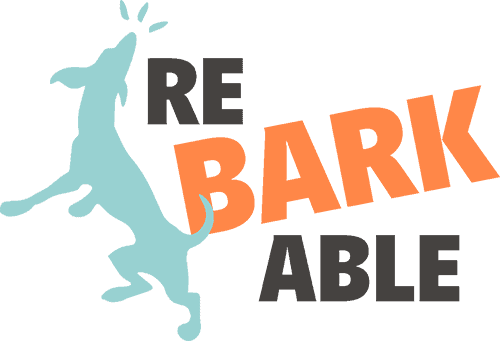
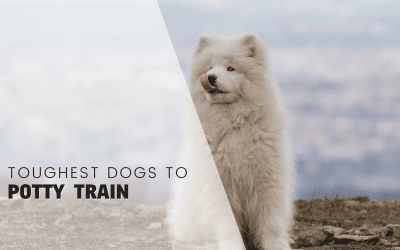



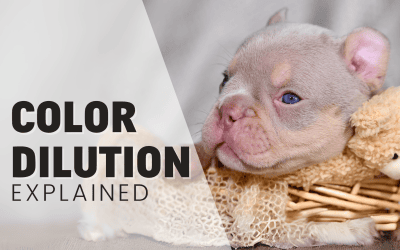
0 Comments